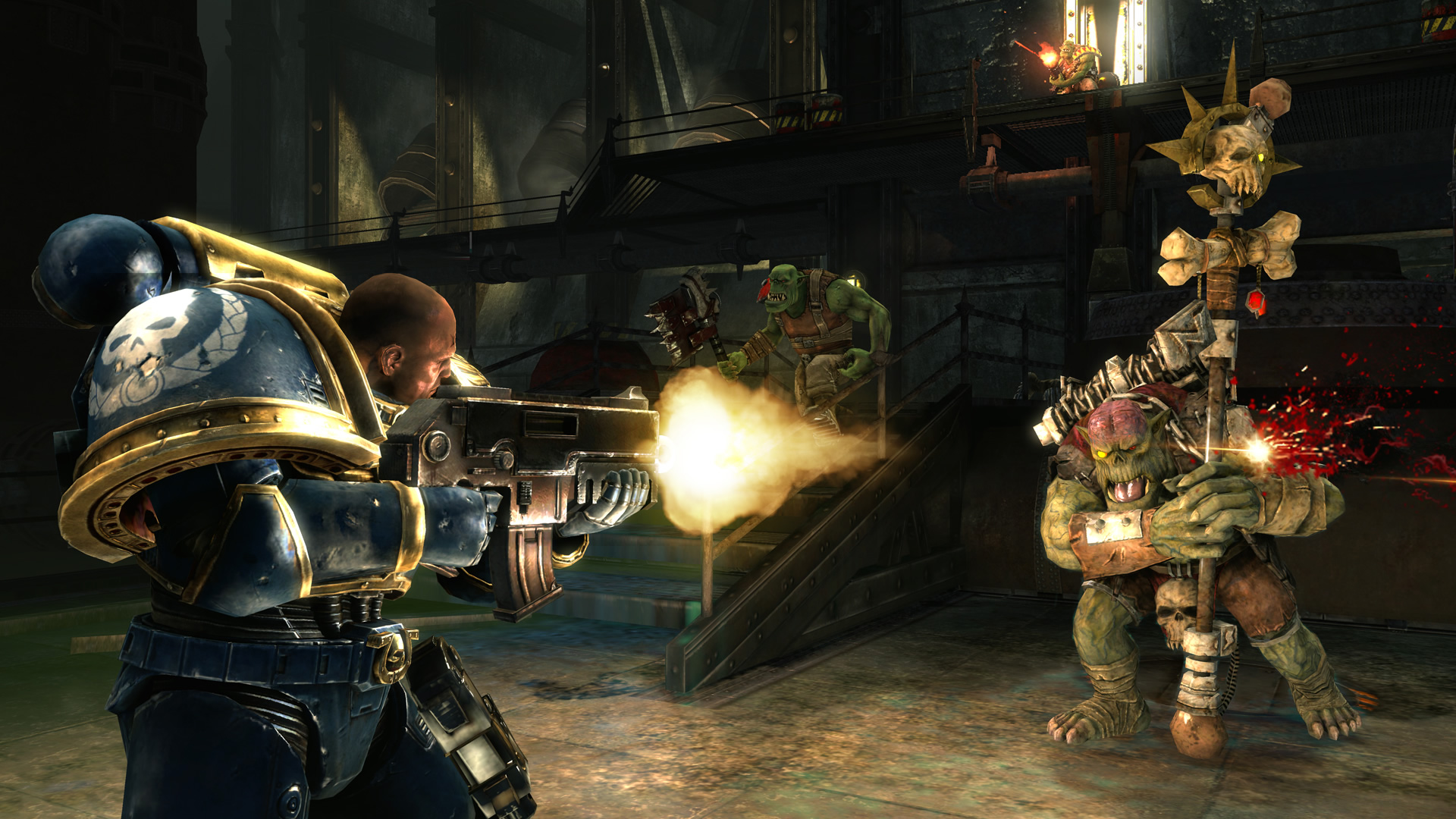

If the Ultramarines have downsides, they’re slim – as they are practically designed to excel in almost any situation. Tigurius is a super-powered Librarian with the ability to re-roll all psychic powers, Deny enemy psychic powers across the entire board, and drop a -1 hit modifier on another unit that lasts the entire game. You’ll also find the boys in blue have access to one of the most powerful Psyker models in the game, in the form of Chief Librarian Tigurius. Ultramarines players will grumble that he’s no longer the powerhouse of shooting buff mayhem he once was, but a) that’s a good thing for the game, and b) he’s still mighty powerful.Īncient history: The ultimate Horus Heresy reading order Not only does he have a brilliant model, his ability to help Ultramarines near him reroll all their failed hits (and some failed wound rolls too) is a tremendous boost to any army. In addition to their doctrine and trait, the Ultramarines have one of the widest selection of choices for Psyker spells, units, relics, and characters in the game.Ĭhief amongst all of these is the Primarch of the Ultramarines and Imperial Regent himself, Roboute Guilliman, who has recently become one of the most powerful characters in Warhammer 40k. This combination of Chapter Doctrine ( Scions of Guilliman) and Legion Tactic ( Codex Discipline) makes the Ultramarines slippery to pin down in melee combat, forming an inexorable, tactically agile advance up the board.

These two rules give Ultramarines the ability to Fall Back out of melee combat, and still shoot their weapons afterwards – as well as negating many of the usual penalties for moving and shooting. Nothing shows this flexible approach to the battlefield more than in the Ultramarines Legion Tactic and Chapter Doctrine. On the tabletop, the Ultramarines focus on providing a well-rounded, balanced army that can be deployed into a wide variety of situations to great effect.

The future looks set to be very interesting indeed for the honourable warriors of Macragge. Now, in the 41st millennium, Roboute Guilliman has awoken from his long, healing sleep, ready to lead the Ultramarines again (not to mention the entire Imperium of Man). Placed into life-preserving stasis, Guilliman was to remain out cold through the 10,000 tumultuous years that followed. Unfortunately, this golden age couldn’t last forever soon after the fall of the Emperor during the Horus Heresy, the Ultramarines Primarch was also near-fatally wounded in battle. They became philosophers as well as warriors, eventually carving out a small, and comparatively benevolent empire in the region of space around their homeworld, Macragge.Īngels of Death: Our guide to Warhammer 40k Space Marines Unlike many legions, the Ultramarines became renowned for their well-rounded approach to life. Originally known as the XIII Legion Astartes, they were developed using the genetic template laid down from their primarch, Roboute Guilliman. The Ultramarines Space Marines Chapter dates right back to the imperial pre-history of Warhammer 40k. It’s now rare to find a hobby group that doesn’t feature at least one player focusing on these omega-sporting warriors.īut just who are the Ultramarines, why are they so special in the universe of Warhammer 40k, and, when it’s time to roll dice and take to the battlefield – how do they play? If you’re new to Warhammer 40,000 and seeking your first figures or simply looking for a bit more background on your next army, here’s our beginner’s guide to everything Ultramarine. Over the decades, they’ve tended to rank among the game’s most competitively powerful forces, as well as being one of the easiest to learn – giving the sons of Ultramar a unique appeal amongst Warhammer 40k players. The Ultramarines aren’t just popular off the gaming table, they’re popular on it. In Warhammer 40k Ultramarines are simply ever-present. If you hear a 40K fan discussing ‘Smurfs’, it’s not the charming, azure-skinned Belgian cartoon gnomes they’re talking about – it’s these guys. You’ll see their gleaming blue armour adorning 40k kits’ box art, videogames, even the Black Library novels. Often seen at the forefront of the miniatures maker’s products, Games Workshop’s big blue boys are one of their most instantly recognisable armies. Even if you’re only tangentially aware of Warhammer 40,000, you’ll probably be at least slightly familiar with the Ultramarines.


 0 kommentar(er)
0 kommentar(er)
